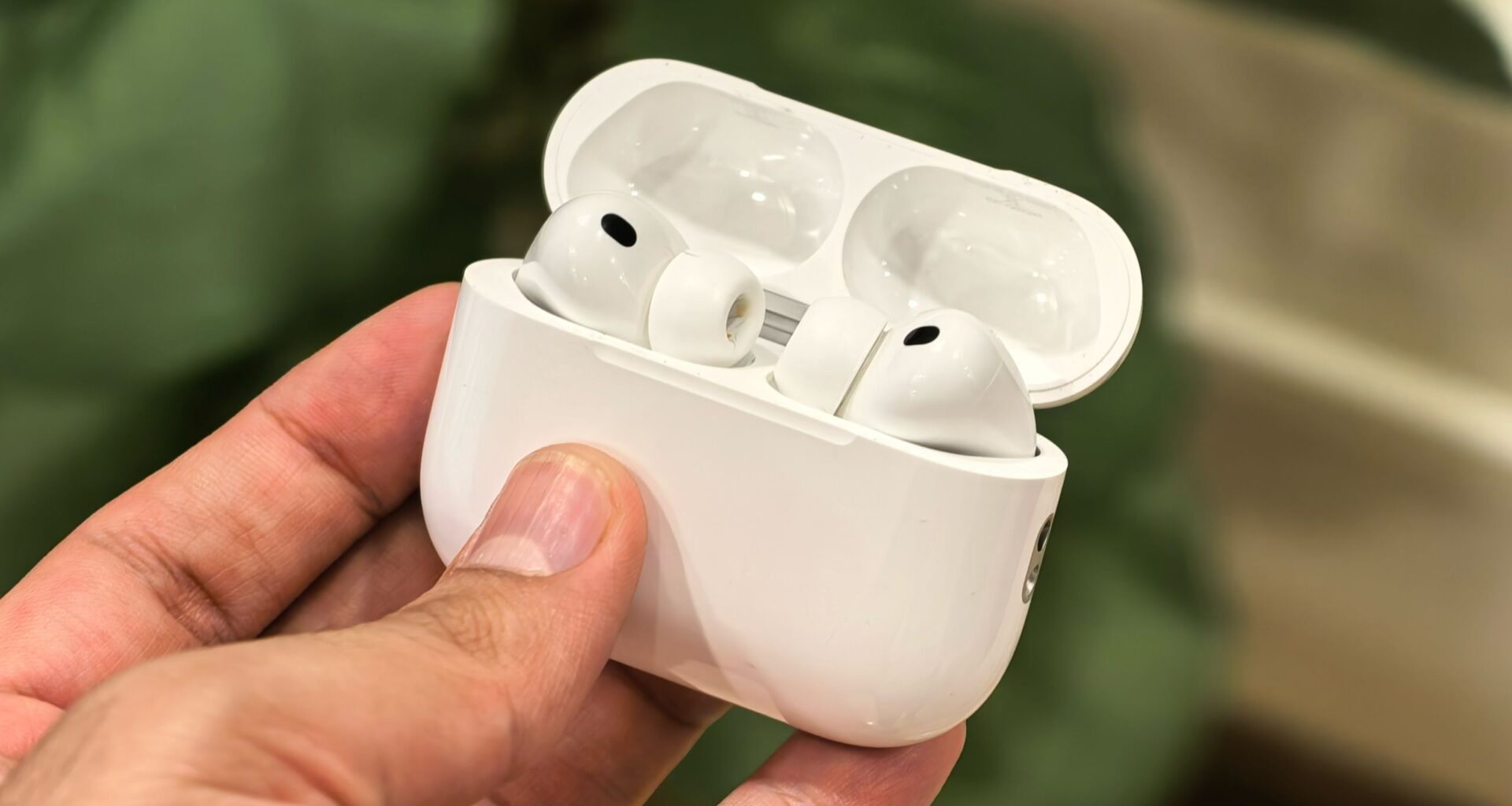Like clockwork, Apple introduced a new set of iPhones this September. But the highlight of the “Awe Dropping” keynote for me wasn’t the new iPhone 17 lineup or even the Apple Watch Series 11. It was the new AirPods Pro 3.
As an Android user for the past few years, I’ve always been a bit envious of how seamlessly the AirPods work within the Apple ecosystem. You can effortlessly switch between devices, enjoy that sleek connection animation every time you open the case, and experience some of the best active noise cancellation on any earbuds.
Sure, Android has plenty of strong contenders, too. The Google Pixel Buds Pro 2 and Samsung Galaxy Buds 3 Pro are both excellent wireless earbuds, and there are equally impressive options from brands like Bose and Sony, including the new QuietComfort Ultra Earbuds Gen 2 and Sony WF-1000XM5.
You may like

(Image credit: Sanuj Bhatia / Android Central)
But the AirPods Pro 3 were the turning point for me. After avoiding them for years, I finally bought them — and there’s no doubt they’re impressive. The active noise cancellation is truly top-tier.
I took two flights wearing them, and there was virtually no cabin noise at all. My Pixel Buds Pro 2 have been great at cutting down ambient sounds during travel, but this was on another level.
But that’s not the feature I want other brands to copy. Earbuds will keep getting better at noise cancellation with each new generation, but the feature that genuinely blew me away on the AirPods Pro 3 is the built-in heart rate tracking.
Today’s best Apple AirPods Pro 3 deals
AirPods Pro 3 can now track your workouts too
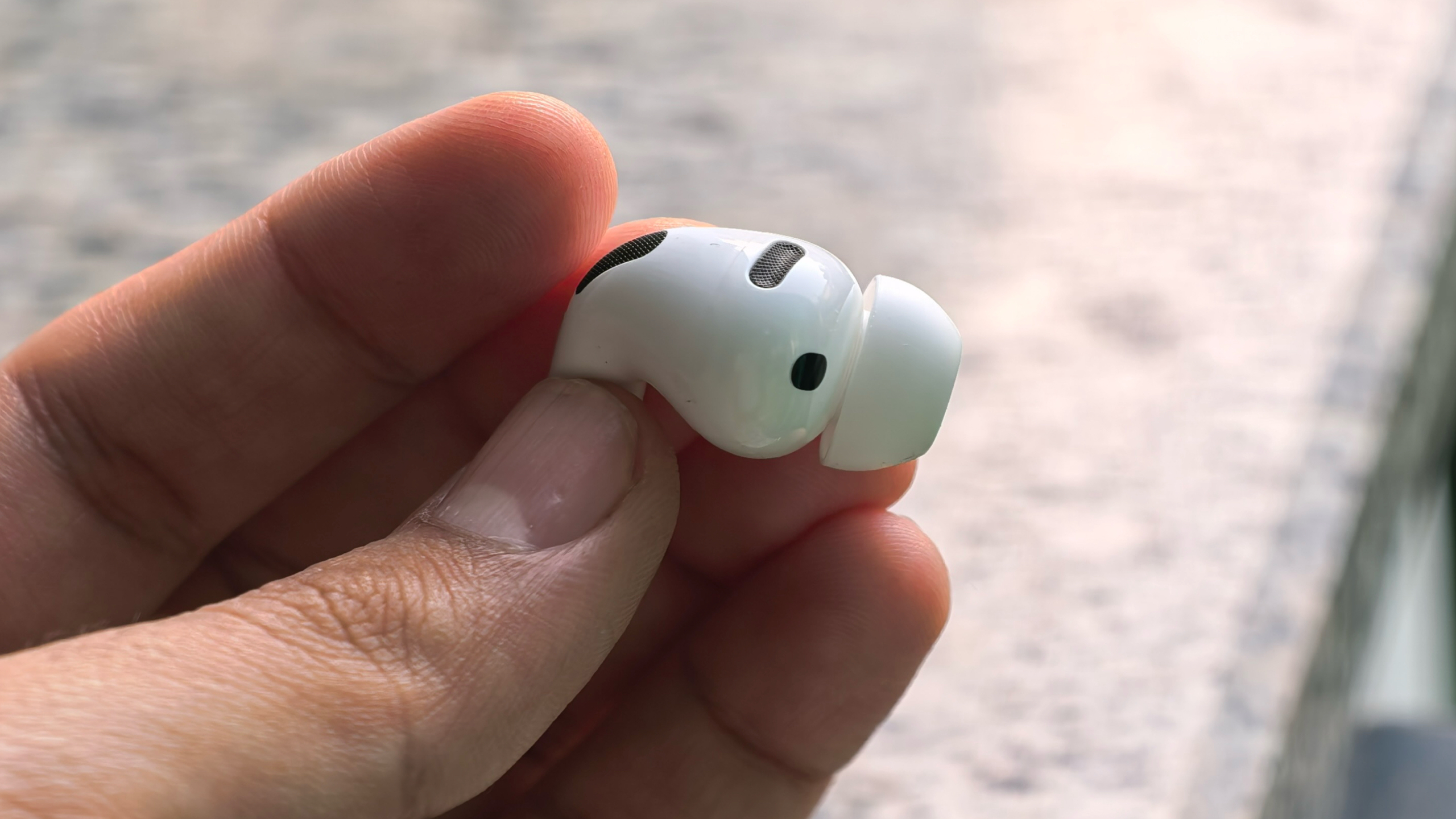
(Image credit: Sanuj Bhatia / Android Central)
One of the new features Apple has added to the AirPods Pro 3 is an optical heart rate sensor. This means you can now use the AirPods Pro 3 to track your workouts. Similar to other fitness trackers, the heart rate sensor flashes light to measure blood flow through the ear canal and shares that data with the iPhone’s Fitness app.
The app then uses on-device AI to calculate workout metrics such as calories burned, steps taken, and distance covered. Apple even claims that the AirPods Pro 3 can track over fifty workouts, including running, yoga, and strength training.
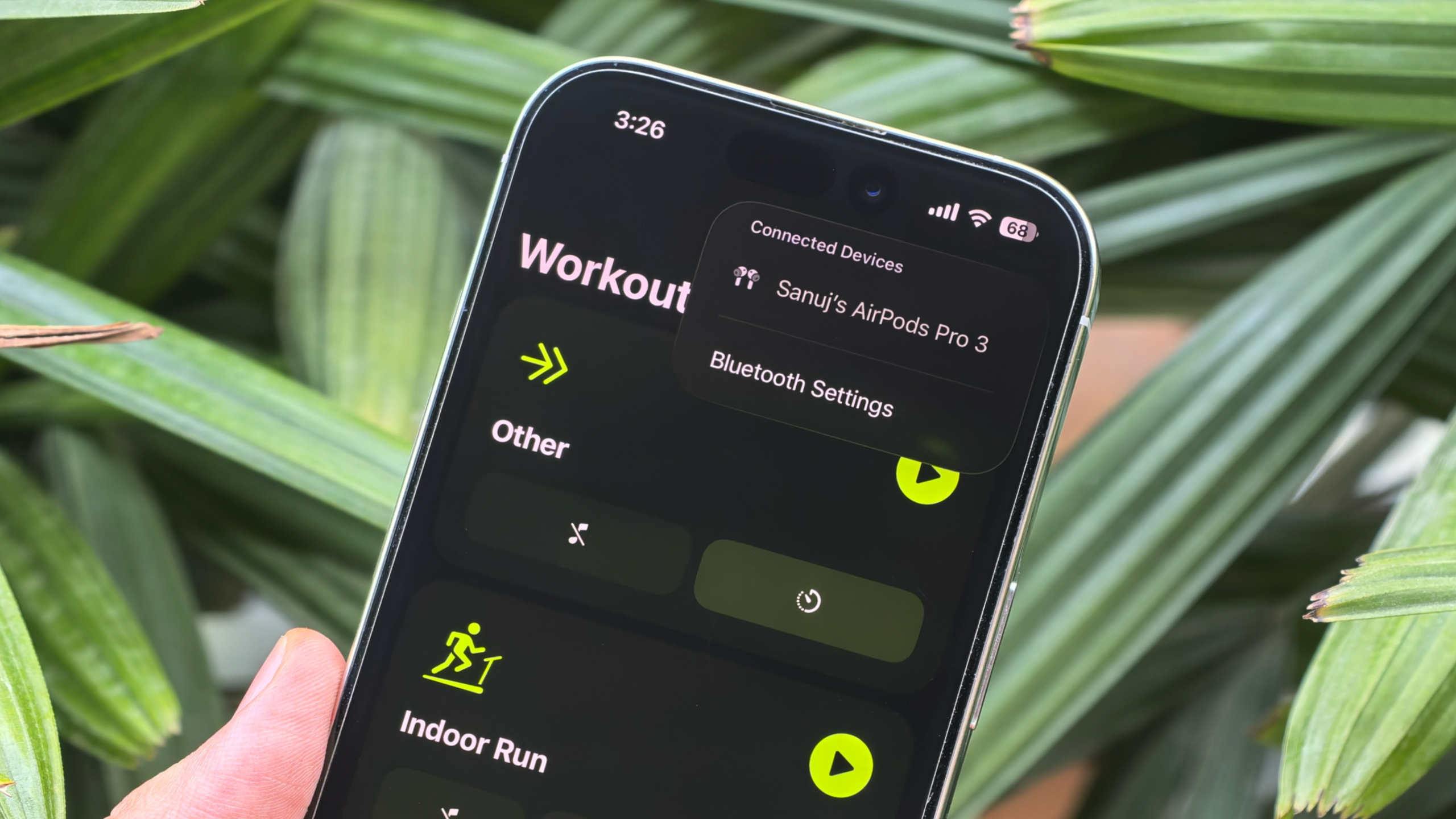
(Image credit: Sanuj Bhatia / Android Central)
And while it may sound strange to track workouts using earbuds instead of traditional fitness trackers or smartwatches, it’s actually a pretty smart idea. The ear is actually a pretty stable location for heart rate monitoring, as the sensors are close to major arteries and less affected by movement during intense activity.
Apple also says that when both the AirPods Pro 3 and an Apple Watch are connected to your iPhone, the system automatically uses data from whichever device provides the most accurate readings at any given moment. This ensures the best coverage and accuracy throughout your workout.
That said, I decided to use the AirPods Pro 3 as my only health-tracking device for over a week, comparing it directly with a dedicated fitness tracker. And here’s how the AirPods performed and whether they can really be considered reliable fitness trackers.
How reliable is the AirPods Pro 3’s heart rate tracking?

(Image credit: Sanuj Bhatia / Android Central)
Since I already wear the AirPods Pro 3 throughout my workout sessions, being able to track workouts means I can skip fitness wearables on my wrist, which feels like a win-win for me.
To truly assess whether the AirPods Pro 3 is a reliable fitness tracker, I tested them against another fitness tracker, the Huawei Watch Fit 4 Pro, which I paired with a different smartphone to prevent my iPhone from mixing the data. My goal was to see if the two devices recorded similar results, and the outcome was surprisingly close.
For context, my workouts usually include a mix of strength training, cardio, and stretching. Even on other fitness devices, I typically select the “Other” workout mode so I don’t have to switch between multiple modes during my hour-long sessions.
I followed the same setup for this test. I started my workout on both devices at the same time and compared their heart rate and calorie readings throughout.
Image 1 of 4
 (Image credit: Sanuj Bhatia / Android Central)
(Image credit: Sanuj Bhatia / Android Central) (Image credit: Sanuj Bhatia / Android Central)
(Image credit: Sanuj Bhatia / Android Central) (Image credit: Sanuj Bhatia / Android Central)
(Image credit: Sanuj Bhatia / Android Central)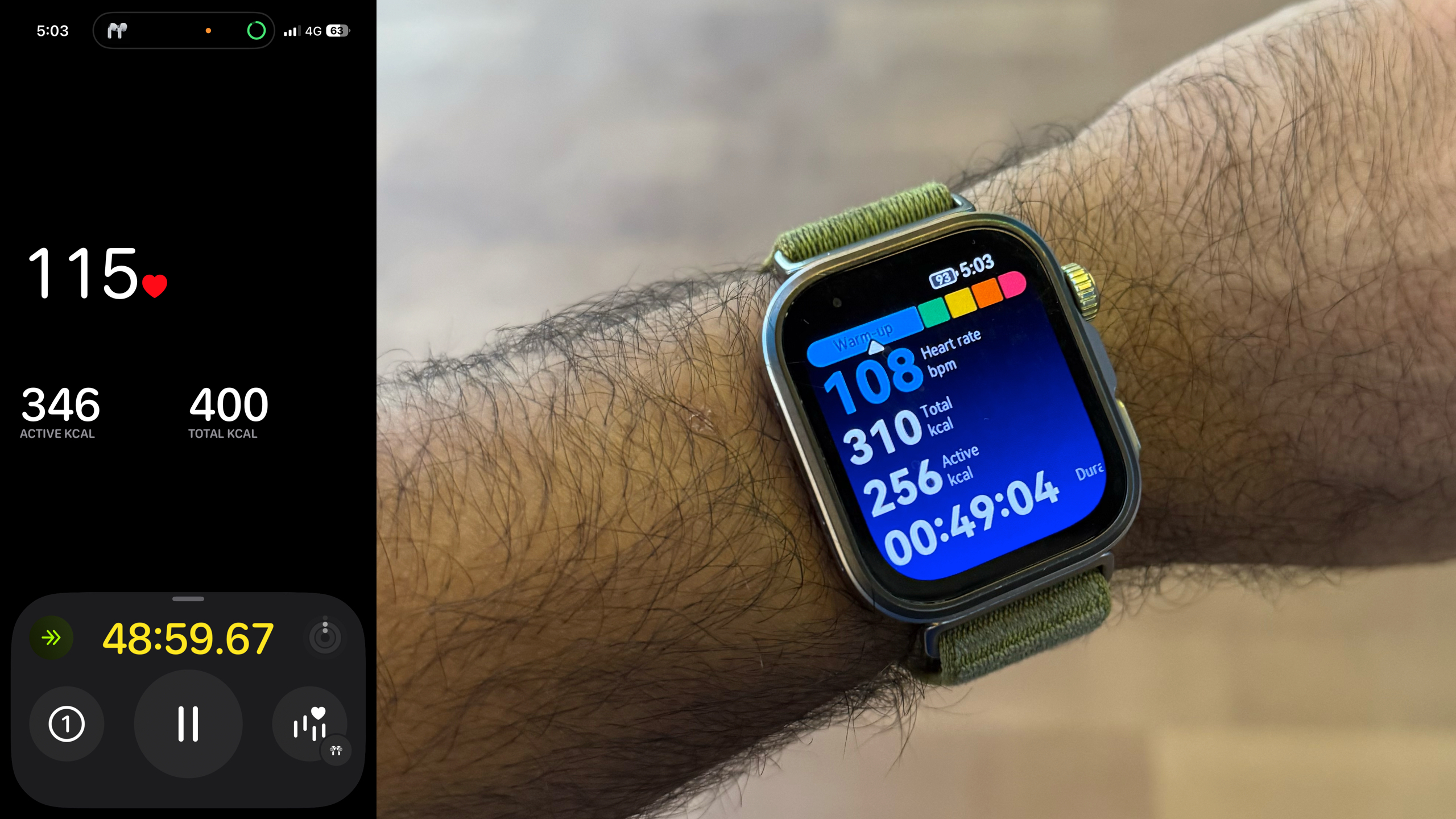 (Image credit: Sanuj Bhatia / Android Central)
(Image credit: Sanuj Bhatia / Android Central)
To my surprise, the heart rate numbers from both the AirPods Pro 3 and the Huawei Watch Fit 4 Pro were almost identical every time I checked. The calorie estimates were slightly different, which makes sense since each device uses its own algorithm to estimate calories burned. What impressed me was how well the AirPods tracked workout intensity and rhythm through the ear.
The heart rate is a direct physiological metric, while calorie burn depends more on how each device interprets your body data. The fact that the AirPods Pro 3 matched a dedicated fitness tracker in real-time heart rate accuracy was genuinely impressive.
For most people, especially casual gym-goers or those who don’t like wearing a smartwatch, this level of precision is more than enough, in my opinion. You can simply pop in your AirPods, start your workout, and still get meaningful insights without any extra gear.
Of course, if you’re looking for advanced fitness tracking, something like a Whoop or Garmin watch will still be the better choice. But for everyday users or those who occasionally forget their tracker at home, the AirPods Pro 3 does a surprisingly good job.
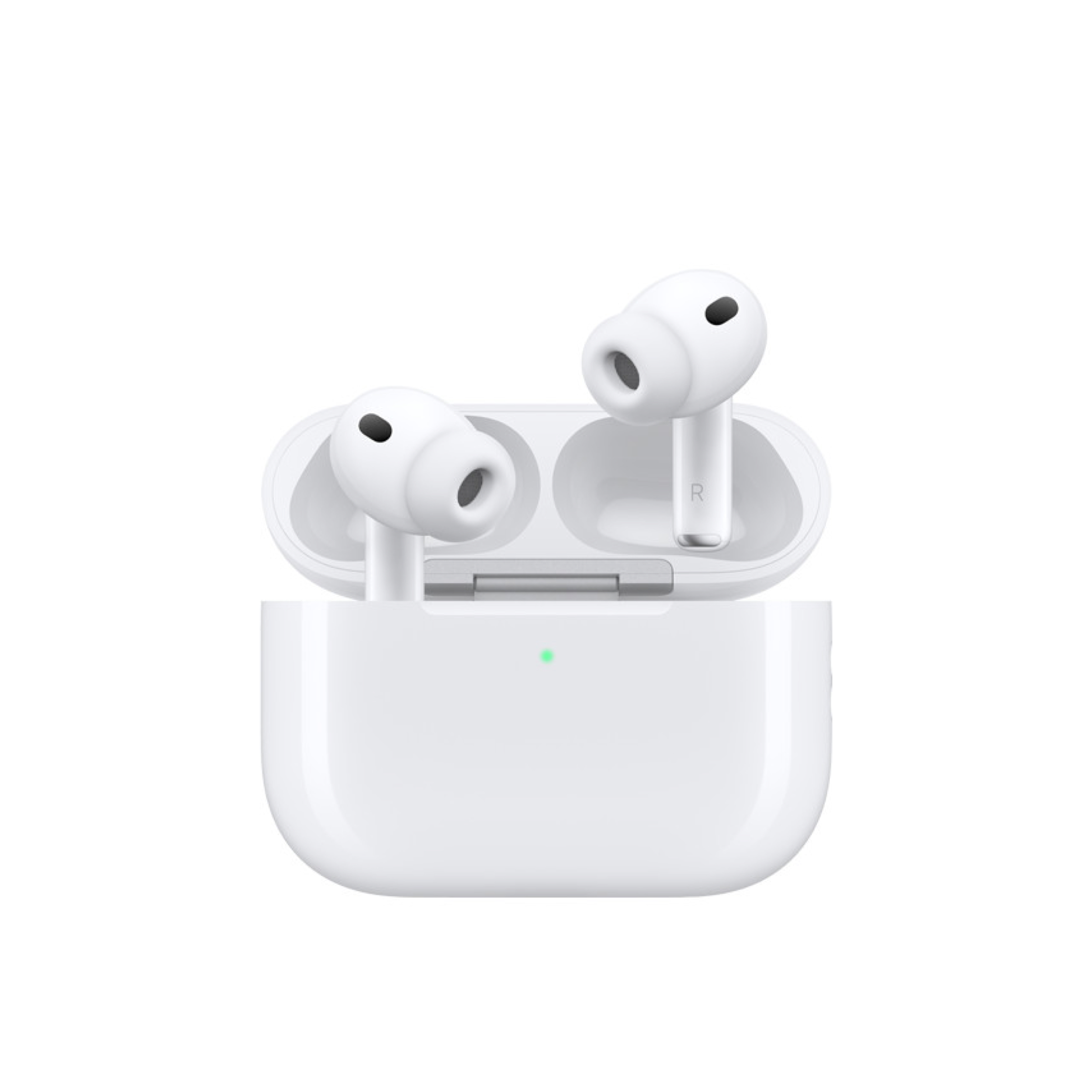
Fitness in your ears
The AirPods Pro 3 deliver an improved active noise cancelation along with spatial audio with dynamic head tracking. Apple’s latest earbuds also add IP57-rated sweat and water resistance, Live Translation support, and a built-in heart rate sensor that monitors your pulse during workouts, bringing fitness tracking directly to your ears.

